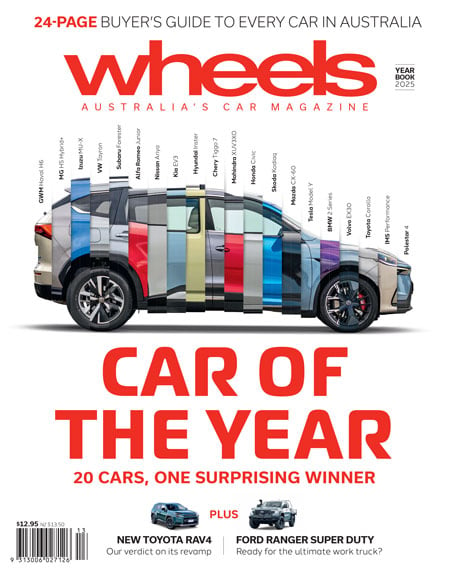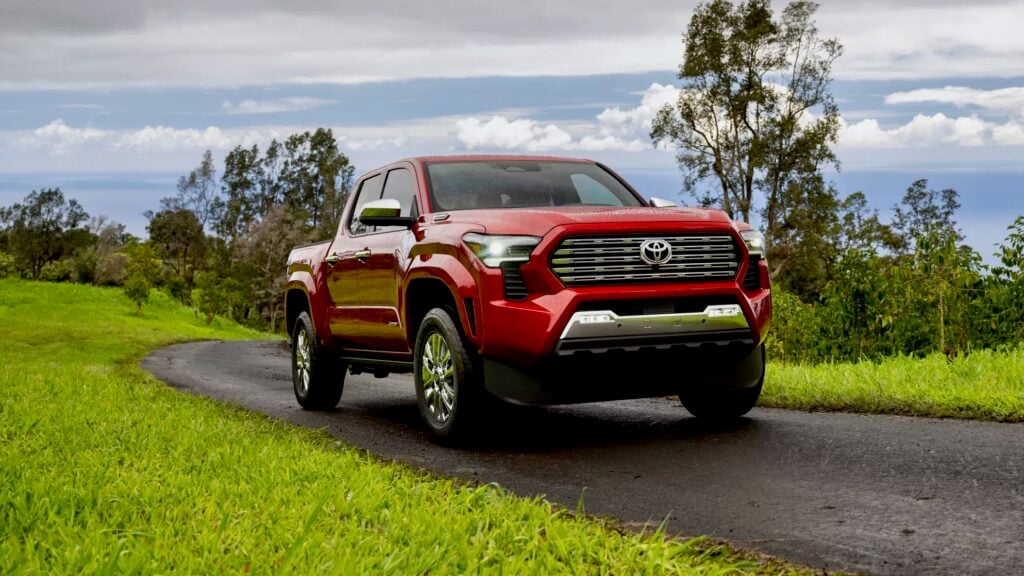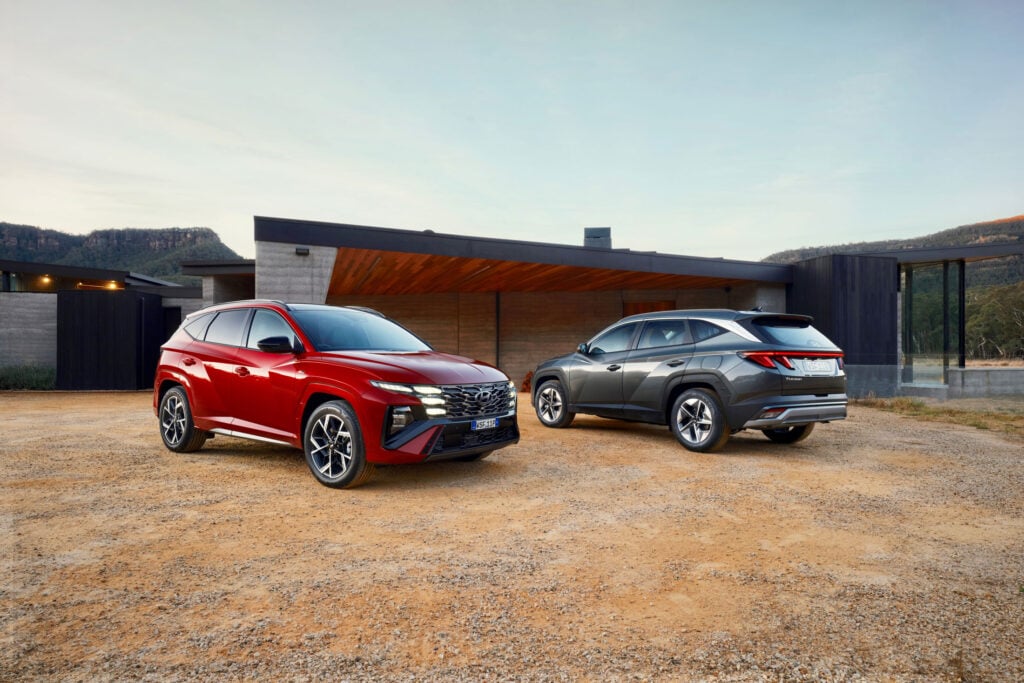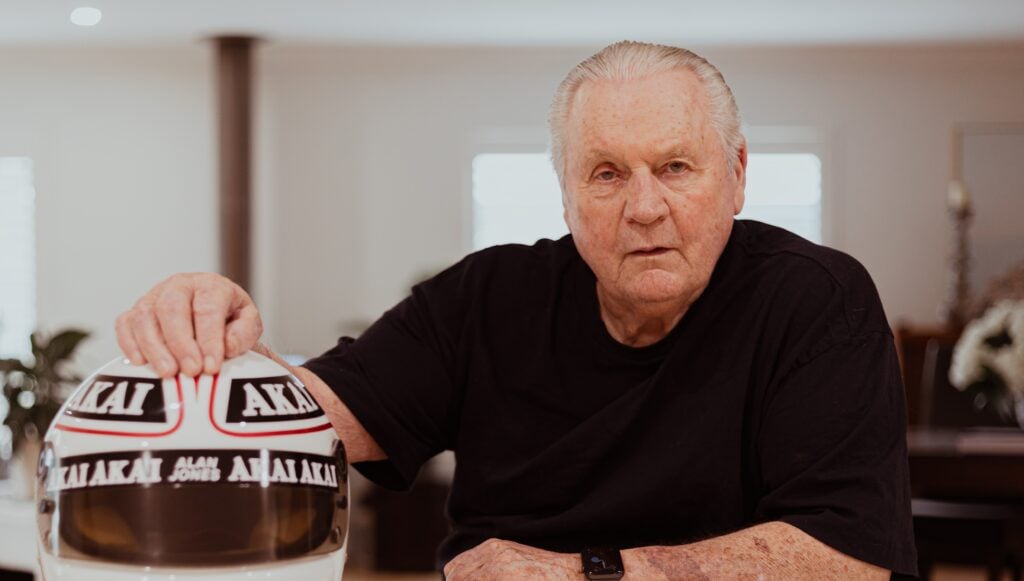Here’s an odd thing. There are cars that review really well that nevertheless don’t tug on our heartstrings in any particular way. Take the Volkswagen T-Roc as an example. It has won every Wheels comparison test it’s ever been entered into. Then there are cars that achieve quite the opposite. Case in point?
The Suzuki Swift Sport. It’s been discontinued here due to the demands of Australian Design Rule 98/00, requiring the fitment of autonomous emergency braking to all vehicles imported to Australia as of March 1. It’ll be missed.
The Swift Sport is much loved but never won a Wheels comparison test. The Sport version of Swift IV came second last (in an 18-car field) in the July 2007 ‘Handling Olympics’ test and last in a December 2007 four car stoush. The Swift V Sport achieved a best of third out of four in November 2013, while the Swift VI Sport came second of four in December 2018 and then plum last in three-way dust up against the Ford Fiesta ST and the Volkswagen Polo GTI in July 2020.
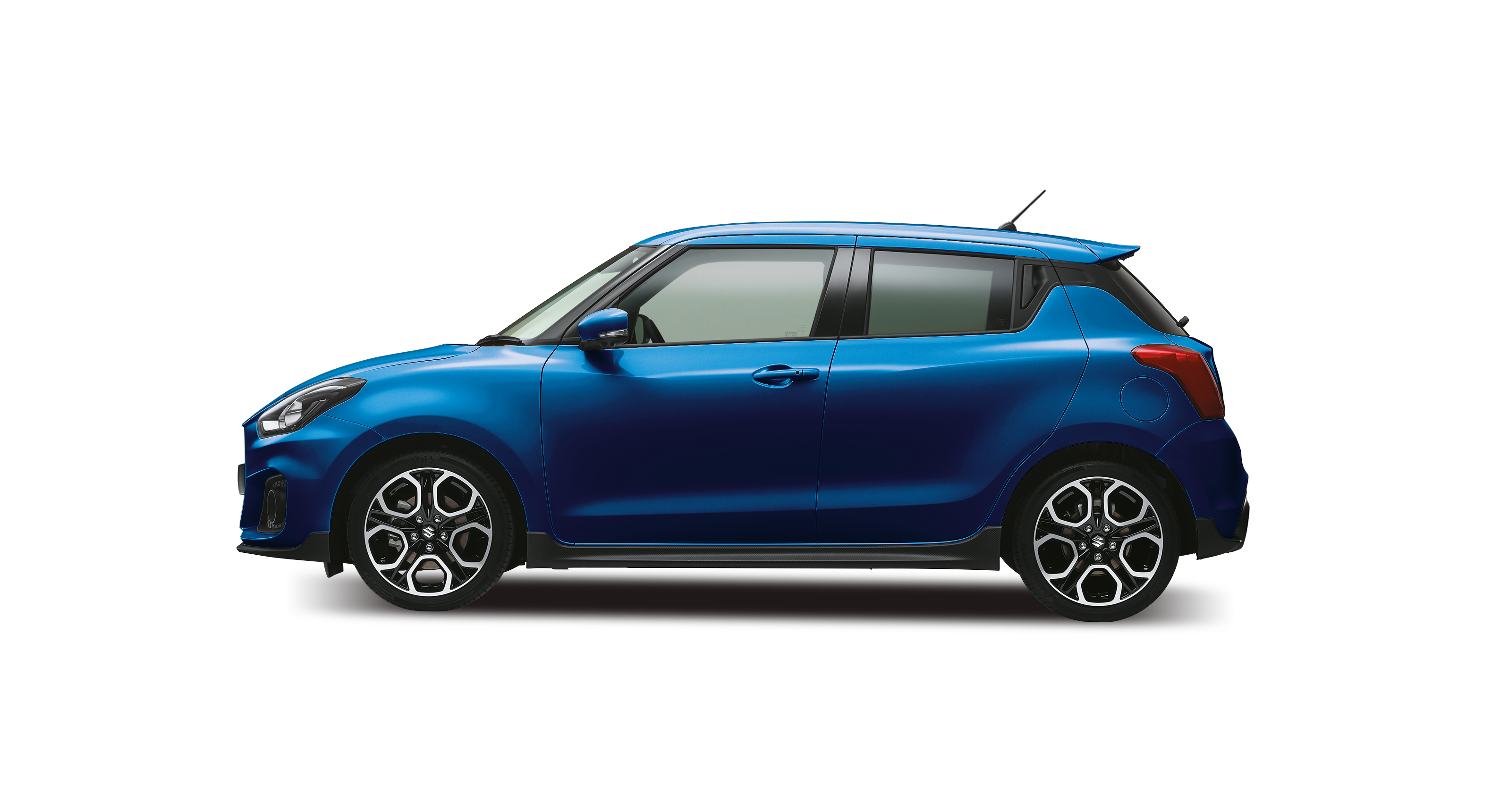
So why do we hold it in such high esteem? Probably for the reason why it could never quite get up versus its rivals – its simplicity. There was always something cheap, cheerful and pure in spirit about the Swift Sport. It was frequently outgunned by its rivals in the engine department, but clawed back some of that power disadvantage when it came to weight. Even the last Swift Sport we pitched into a comparo weighed just 970kg versus 1208kg for the Fiesta ST and 1285kg for the Polo GTI.
That purity meant that Swift buyers did without certain items of equipment that made its rivals easier to live with. The cabin plastics were thinner and scratchier, the doors clanged rather than thunked shut and an open differential meant that as one tester memorably put it “the Suzuki’s inside front smokes up quicker than an unattended barbie”.
Yet the Swift was fun and forgiving. That’s probably what made it the most popular car for Nürburgring rental companies. It wasn’t fast enough to get you into serious trouble, visibility was great to spot quicker cars, repair costs were reasonable, and the handling was entertaining but benign in extremis. Above all, that sylph-like kerb weight meant that it didn’t chew through tyres and brake pads in a handful of hottish laps.

Sometimes you don’t need to be brilliant to be adored. Truth is, many of us warm to a plucky and endearing trier more easily than something a bit more polished. Above all, the Suzuki Swift Sport harked back to a simpler time that many of us yearn for, a time of manual gearboxes, modest power outputs and a price tag that didn’t require you to sign up for a lifetime of eternal debt.
Maybe we can be accused of missing what the Swift Sport signified rather more than what it actually comprised. At its core, it was always a somewhat limited warm hatch, with modest
aspirations. Nevertheless, our motoring landscape is a poorer place without its presence.
The ring king
One Swift Sport completed an amazing 59,000km worth of laps on the Nordschleife – the equivalent of 25 Nürburgring 24-hour endurance races – during its tenure with Rent4Ring. Some 457 drivers experienced the car, which logged 168,000 gear shifts, 180 million engine revolutions, and a peak engine speed of 8761rpm (oops). It consumed 8400 litres of fuel at an average rate of 14L/100km. It needed 14 sets of semi-slick tyres, 27 sets of front brake pads and 10 rears. The only spare parts that needed replacing were a clutch, an alternator, a battery, a set of wipers and a front left wheel bearing. It never broke down once and was never crashed.
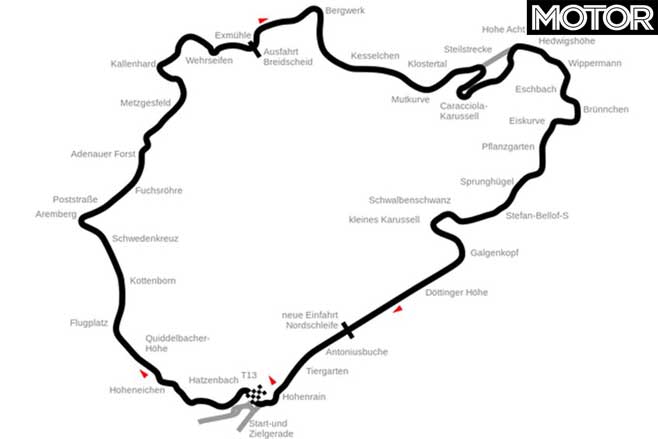
This article originally appeared in the Driven to Extinction section of the May 2025 issue of Wheels – subscribe here.


